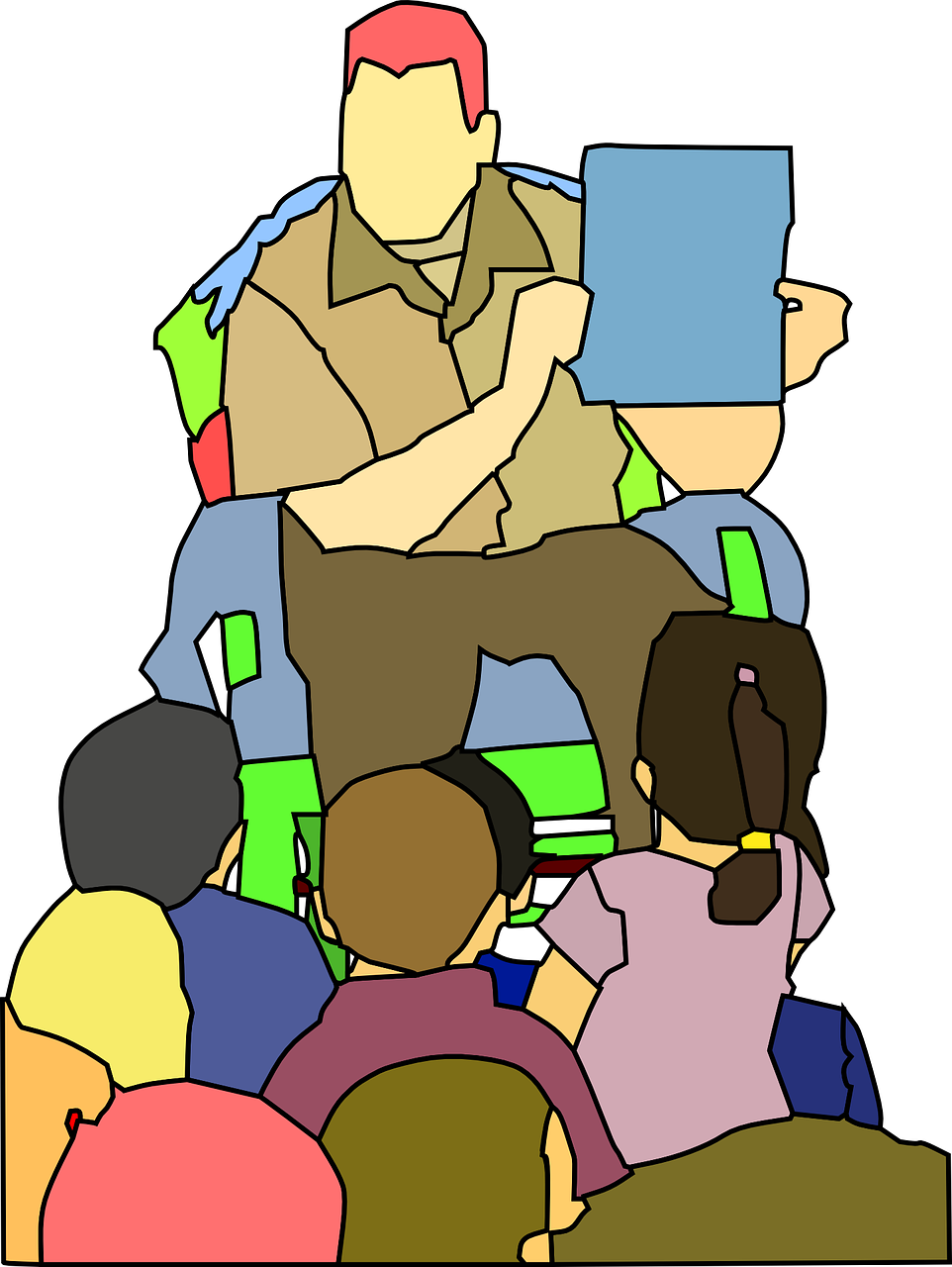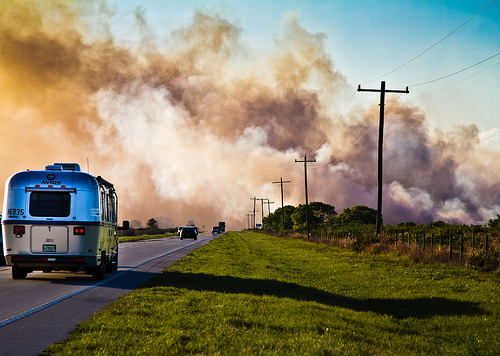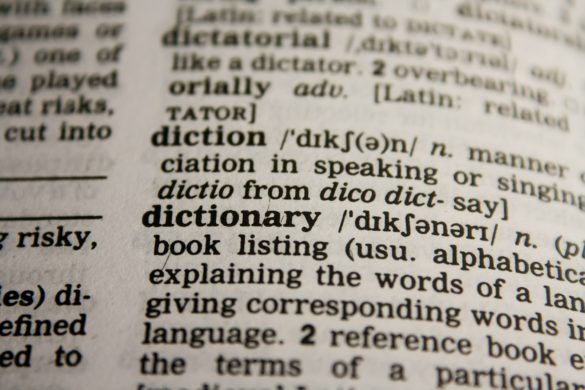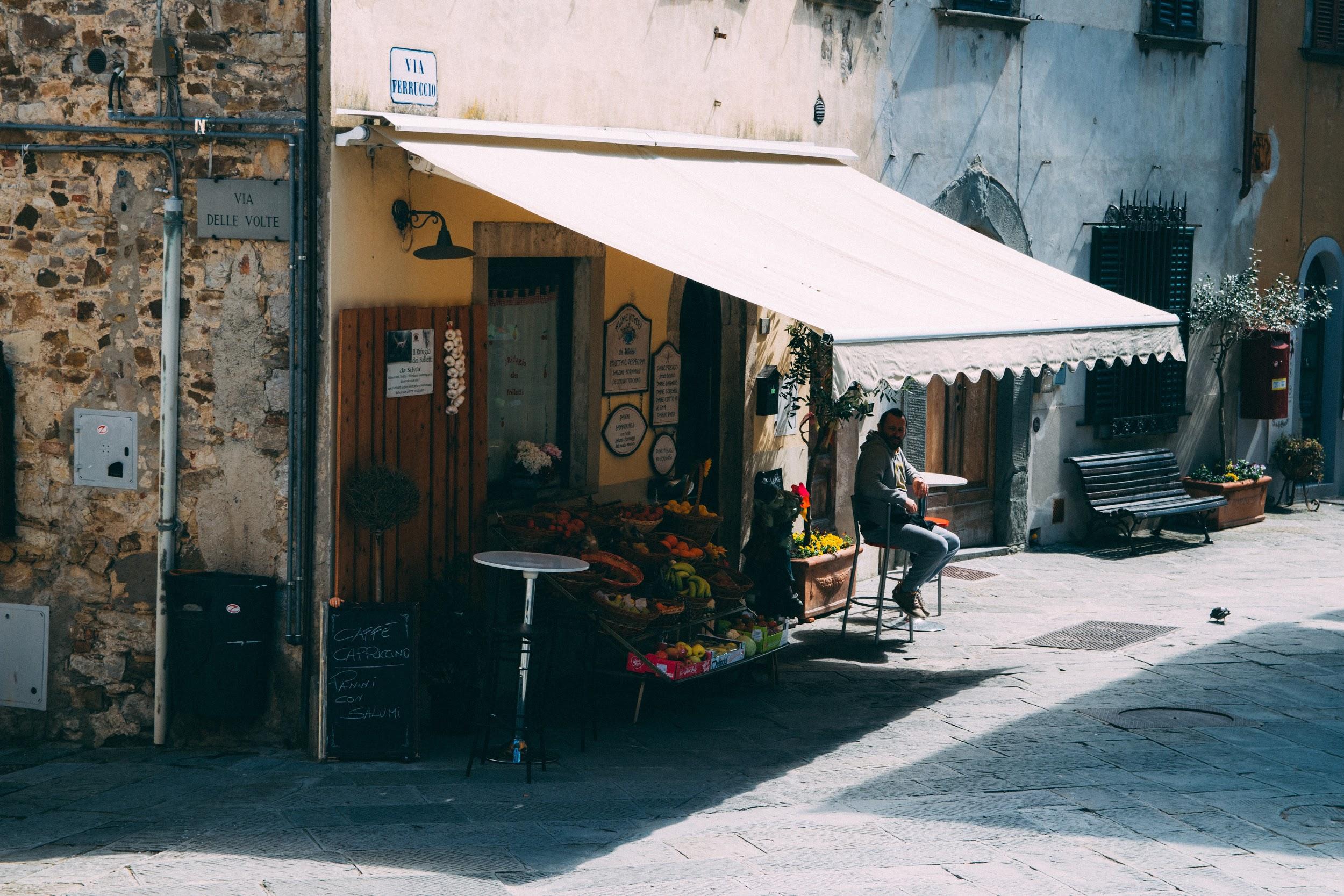Strange birds became a social media sensation during September 2023. Users started sharing sightings of prehistoric-looking creatures inside and outside their homes. Simple posts turned into an engaging trend with people sharing partially hidden photos of these supposed ancient creatures making their way into our modern world.
Our planet hosts many bizarre birds that seem to defy reality. The Kakapo stands out as a prime example – a critically endangered flightless nocturnal parrot that weighs up to 4 kilograms. The Southern Cassowary reaches six feet tall, making it Earth’s third-tallest bird. Its prehistoric appearance comes complete with bright red wattles and a distinctive casque. New Zealand’s bird population adds to this collection of oddities. The country’s remarkable diversity includes more than 200 breeding bird species, and nearly half of them are endemic.
Let’s take a closer look at both the viral “weird birds” trend and these genuinely strange birds that call our planet home. The kiwi, New Zealand’s national bird, demonstrates nature’s extremes. The female’s eggs weigh around 15% of her body weight. These creatures captivate us because of their unusual traits, and social media has amplified our collective fascination with the extraordinary members of the avian world.
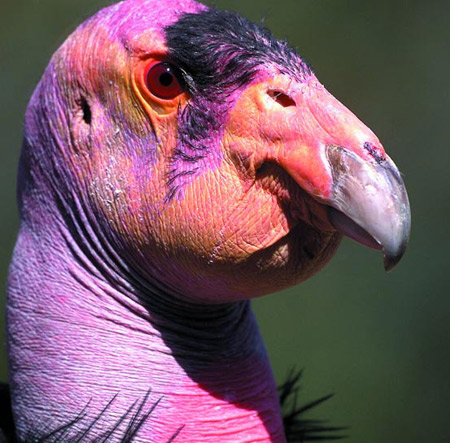
The Rise of the ‘Weird Birds’ Phenomenon
The “weird birds” phenomenon took the internet by storm in late September 2023. This fascinating mix of creativity, horror, and digital community-building started with staged images and grew into something bigger – a cultural moment that grabbed thousands of people’s attention.
How the internet turned prehistoric horror into a meme
One creative source sparked the weird birds trend. Many people thought multiple accounts created it at once, but a user named Archesuchus started it all. This creator kicked off the movement with an inventive horror story thread that showed a dromaeosaur mask eerily peeking through a door window.
Archesuchus crafted a story about mysterious prehistoric beasts stalking someone. The tension built up slowly as the creature watched the protagonist from afar, its “clicks and warbles” echoing in the dark. This semi-ARG (alternate reality game) style created an experience that engaged viewers and made them want to join in.
The trend grew beyond basic posts. People got creative with hand-drawn scenes, photo edits, and actual props. Some creators took it further with story threads that built suspense around these prehistoric “weird birds”. People couldn’t resist this mix of dinosaur nostalgia and modern horror storytelling.
The role of social media in spreading the trend
Social media platforms became the perfect breeding ground for this viral phenomenon. These platforms helped content spread faster and reach more people than ever before. A researcher points out, “There’s actually probably never been a time in human history where you can share information so rapidly to so many people”.
The “weird birds” trend followed a path like in other viral creatures that caught online attention. The Willow Ptarmigan (nicknamed the “awebo bird”) became an internet hit because of its strange calls and meme-worthy behavior. TikTok, Instagram, and YouTube users watched these birds confront humans millions of times, and fan accounts post content daily.
These trends catch on because they mix reality with fiction. The Erosion Bird meme of 2023 shows this perfectly – an AI-generated creature that “looks slightly different in every subsequent meme,” where the “weirdness of the medium” matches “the weirdness of the creature”. People took this meme to real life, making costumes from towels and sheets.
The community played a vital part in the weird birds trend’s success. After the first posts, concept artist RJ Palmer started an art challenge on his Discord server, and Archesuchus helped judge. This turned viewers into creators and kept the trend alive and growing.
Our lasting connection with nature shows in the internet’s love for these creatures. Social media can turn regular birds into stars, just like Manhattan Bird Alert’s following grew to over 10,000 after showing an unusual Mandarin Duck in Central Park.
When Fiction Meets Feathers: The Horror Angle
Birds have sparked tales of terror, from Edgar Allan Poe’s raven to Alfred Hitchcock’s avian apocalypse. Notwithstanding that, the “weird birds horror” genre stands as something entirely new—a digital-age creation blending prehistoric fears with modern storytelling techniques.
The ‘weird birds horror’ genre explained
The weird birds horror genre emerged as a fascinating mix of paleontology enthusiasm and psychological terror. Traditional monster movies differ from this genre that runs on minimal “monsterification” of its subjects. Scientific accuracy in portraying bird-like dinosaurs creates an inherently unsettling quality. This approach differs from the chaos-driven spectacle of typical Jurassic Park movies and offers a more grounded terror that digs deeper into our primal fears.
This genre builds on a rich tradition of internet horror. Online artists have created solitary cryptids and expanded them through communal storytelling since the early 2010s. The SCP Foundation wiki and Slenderman serve as notable predecessors. These stories create terror through subtlety rather than shock.
How mimicry and realism made it terrifying
Modern birds like corvids, parrots, and lyrebirds display mimicry behavior—the most chilling aspect of weird birds horror exploits this fact. Julian Francis Miholics’s one-page comic “MIMIC” broke new ground by exploring whether dromaeosaurs could lure victims by imitating human voices.
Archesuchus’s viral story thread took this concept to bone-chilling levels. Raptors try to lure the protagonist outside by copying their previous victims’ voices—a neighbor boy and his father. This idea taps into deep human fears about deception and predation.
Realistic depictions avoid CGI’s uncanny valley problem, which intensifies the horror. One critic points out, “Animals are not human, but we have affinity with animals… We recognize in them some of the same experiences, sensations, and feelings we have in ourselves”. Artists who depict weird birds with scientific accuracy rather than Hollywood exaggeration create something disturbingly plausible.
Why these creatures feel too real to be fake
Weird birds horror’s psychological effect comes from its basis in actual evolutionary possibilities. When I think about scientifically plausible creatures that could have existed on an alternate Earth, these creations become far more unsettling than purely fantastical monsters.
The weird birds phenomenon also blurs fiction and reality. GPS coordinates, grainy “found footage,” and vague warnings about imminent disasters appear in posts. This approach borrows conspiracy aesthetics to boost believability. Our brains struggle to tell genuine threats from convincing fabrications.
These creatures create horror not just by existing but by showing a world reverting to its prehistoric state. While Jurassic World focuses on dinosaurs adapting to humans, weird birds horror flips the script: humans must survive as nature reclaims dominance. This scenario raises uncomfortable questions about humanity’s place in nature and our vulnerability to ancient predatory patterns.
The genre’s effectiveness lies in avoiding supernatural elements or scientific impossibilities. Reality sits just one evolutionary turn away from our own—a world where bird and dinosaur, predator and prey, past and present blur into something terrifying.
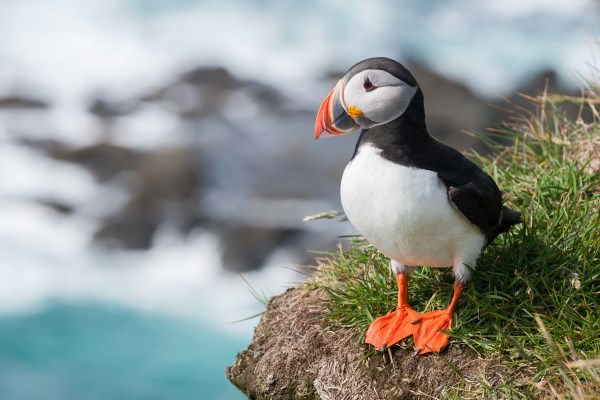
Real Birds That Inspired the Weirdness
Nature created its own bizarre avian masterpieces long before social media existed, even as the internet celebrates fictional weird birds. These strange creatures serve as perfect inspiration for horror enthusiasts and digital artists.
Shoebill: The dinosaur that never left
This massive bird stands up to five feet tall with an eight-foot wingspan and seems to have missed the memo about dinosaurs going extinct. Its most striking feature is a massive foot-long bill that looks like a Dutch clog, equipped with sharp edges and a hook that decapitates prey. The prehistoric-looking creature lives in East African freshwater marshes where it shows amazing patience. It stands motionless for hours before it suddenly “collapses” forward to catch lungfish, catfish, and baby crocodiles.
Shoebills create an unsettling presence in their swampy habitats by staying perfectly still like statues. They can fly but prefer to perch on floating vegetation, which makes them look like they’re floating supernaturally across the water. These birds prefer solitude and only seek company during breeding season.
Great Potoo: The haunted tree branch
The Great Potoo might be the ultimate master of disguise among all weird-looking birds. This nocturnal bird lives in Central and South American forests. Its mottled gray-brown feathers and ability to stay perfectly still make it look exactly like a tree branch or stump. Potoos spend daylight hours perched motionless on large limbs with nearly closed eyes. They can still detect movement through special slits in their eyelids.
The bird’s true haunting nature comes alive at night. Its ghostly call sounds like a loud, moaning growl that has earned it mythical status. Some South American communities believe these sounds come from lost children calling for their parents. The bird’s call triggers a primal fear unlike any other.
Kakapo: The owl-parrot of New Zealand
New Zealand’s kakapo stands out as one of its strangest birds. This critically endangered creature seems to break all rules – a nocturnal, flightless, ground-dwelling parrot with an owl-like face. Scientists monitor all 244 surviving birds on predator-free islands, and each one has a name [33, 34].
The kakapo blends perfectly into its environment with moss-green mottled plumage during nighttime adventures. Males can weigh up to 8 pounds, making them the world’s heaviest parrots. The strangest part might be their breeding habits – males puff up like balloons and make booming calls that travel up to three miles during mating season.
These three birds showcase nature’s own gallery of weird creatures. Their unusual adaptations and behaviors seem designed to unsettle anyone who observes them.
From Art to ARG: How Fans Took Over the Narrative
A creator’s spooky dinosaur mask peering through a door became a cultural phenomenon with its own dedicated community. The weird birds trend evolved faster than expected and went beyond simple horror stories. The community made it more interactive.
The viral story of Archesuchus and the door raptor
The weird birds phenomenon wasn’t a spontaneous collective creation as many believe. A creative individual named Archesuchus sparked this movement with a horror story about a dromaeosaur mask looking through a door window. The original content built suspense as the story unfolded. The creature studied the protagonist from a distance while its “clicks and warbles” echoed in the darkness.
The story became genuinely chilling when young raptors fought over something disturbing on a patio. Even viewers familiar with digital effects believed the visceral horror of these images for a moment. The story reached its scariest point when the raptors tried to lure the protagonist outside by copying their victims’ voices.
Fan art, cosplay, and community storytelling
The “Weirdbirds Wiki” became the official repository for the online ARG/Horror Series that Archesuchus created. Fans were happy to accept the concept. Some ambitious fans even created cosplay versions of these scary creatures. A Reddit user asked for help to make a mask based on Archesuchus’s creations and said “that image is terrifying”.
Social media platforms made this creative explosion bigger. Facebook groups like “Birds with threatening auras” featured Archesuchus’s creations. The community aspect was vital to keep the phenomenon alive. Passive viewers became active participants in an evolving narrative universe.
RJ Palmer’s art challenge and its effect
Concept and paleoartist RJ Palmer gave structure to this creative outpouring. He announced an art challenge on his Discord server for the weird birds theme. Archesuchus served as a guest judge, which brought everything together. This competition added legitimacy to what started as a simple creative experiment.
Archesuchus posted a “Draw This In Your Style” prompt with his original door raptor image. Artists responded in huge numbers. Kiracuriee, zucchini, J Stocky, and many others shared their interpretations. Artists had until October 22nd to submit entries, which encouraged more involvement with the weird birds universe.
Why These Birds Shouldn’t Exist (But Do)
Nature creates biological marvels that seem to contradict evolutionary principles sometimes. These weird looking birds challenge what we know about adaptation and survival, yet they thrive against all odds.
Evolutionary oddities that defy logic
Some avian species on our planet seem to have taken unexpected paths in their development. The hoatzin of South America stands out as a prime example. Young hoatzins have claws on their wings – a trait dating back to dinosaur times. The kiwi puzzles scientists with eggs so large compared to its body that it makes you wonder how this helps the species survive. These strangest birds have found homes in ecological niches where more conventional designs should have thrived logically.
How isolation shaped New Zealand native birds
The birds of New Zealand took a unique evolutionary journey. Their homeland remained free from mammalian predators for 80 million years. This isolation created perfect conditions for nature to experiment without the usual limits. The result? Many NZ birds developed unusual traits that would spell doom elsewhere. They became flightless, grew unusually large, switched to nighttime activity, and lost their defensive skills. The takahē shows this unusual path perfectly. This colorful, flightless rail survived somehow, even after scientists thought it had vanished forever.
The line between myth, meme, and biology
The weirdest birds make it hard to separate scientific fact from folklore. Australia’s night parrot existed almost like a myth for years until scientists found it again. The Vogelkop superb bird-of-paradise, discovered recently, proves that nature can outdo even the wildest internet creations. These biological oddities show that evolution creates solutions that seem as unlikely as any weird birds horror meme, yet they manage to survive and thrive.
Summing all up
Nature and the internet showcase our endless fascination with creatures that defy expectations. Our experience with both fictional and real-life weird birds shows how strangeness fascinates our collective imagination. The viral sensation from Archesuchus’s creative horror story connected with something primal—our simultaneous fear and attraction to beings that blur the line between familiar and alien.
The success of weird birds tells us more about human psychology than the birds themselves. People crave these encounters with the bizarre through spine-tingling online stories or actual encounters with creatures like the statue-still shoebill or the haunting great potoo. These birds challenge our understanding of natural selection and feed our appetite for wonder.
On top of that, these stories show how modern technology creates new ways of shared storytelling. One person’s creative vision quickly revolutionized into a collaborative universe. Fans became active creators through art challenges, cosplay, and expanded stories. This shows how people want to be part of creating strange content, not just consuming it.
Real-life evolutionary oddities like New Zealand’s kakapo prove that truth beats fiction. These living contradictions—flightless parrots, prehistoric-looking marsh dwellers, and tree branches that suddenly take flight—survived against nature’s odds. They carved unique spaces in their ecosystems.
The weird birds phenomenon perfectly combines digital culture and natural history. Social media users share both fictional dinosaur-birds peering through doors and videos of real shoebills hunting prey. They continue an age-old human tradition—telling stories that help us understand our complex relationship with nature’s unsettling wonders.
These strange avian creatures will keep fascinating us because they shouldn’t exist—yet somehow, against all logic, they do.
Here are some FAQs about the most weird birds in the world:
What is the most unusual bird?
The shoebill stork is arguably the most unusual bird with its prehistoric appearance and statue-like hunting stance. Among weird looking birds, it stands out with its massive shoe-shaped bill and intense stare that inspired the weird birds horror genre. Other contenders include the flightless kakapo parrot and the extravagant ribbon-tailed astrapia.
What is the weird bird phenomenon?
The “weird bird phenomenon” often refers to mass bird behaviors like murmurations or unexplained deaths that inspire weird birds movie plots. Sometimes it describes bizarre avian adaptations seen in weird looking birds like the hoatzin’s clawed wings. These strange occurrences continue to fascinate scientists and filmmakers alike.
What bird is silly?
The kea parrot is considered one of the silliest weird birds due to its playful antics and curiosity. Among birds with weird names, the goofy-looking southern cassowary also appears comical despite being dangerous. Their amusing behaviors have earned them spots in various weird birds movie cameos and documentaries.
What bird has the weirdest call?
The lyrebird has the weirdest call, capable of mimicking chainsaws, camera shutters, and car alarms perfectly. This talent makes it a star in weird birds horror soundtracks and nature films. Other birds with weird names like the laughing kookaburra also produce bizarre vocalizations that stand out in nature.
What is the most disturbing bird?
The harpy eagle ranks among the most disturbing weird looking birds with its intense gaze and powerful talons. Its appearance has inspired many weird birds horror concepts in films and literature. The predatory nature of this giant raptor makes it genuinely unsettling to encounter in the wild.
What is the top 10 rarest bird in the world?
The top 10 rarest birds include the Madagascar pochard, California condor, and kakapo – all weird birds in their own right. Some birds with weird names like the spix’s macaw also make this tragic list. Their dwindling numbers make sightings rarer than any weird birds movie plot could imagine.
What is the forbidden bird?
The “forbidden bird” refers to the hoatzin, nicknamed such due to its foul odor and inedible flesh. Among weird looking birds, it’s unique for having claws on its wings as chicks. This strange creature appears more like something from a weird birds horror story than a typical avian species.
What is a hacker bird?
A “hacker bird” describes crows and ravens that demonstrate remarkable problem-solving skills. These intelligent weird birds can use tools and remember human faces better than most species. Their cleverness surpasses even the smartest characters in any weird birds movie portrayal.
What is a quantum entanglement bird?
There is no actual “quantum entanglement bird” – the term appears to be a pseudoscientific concept. However, some of the weirdest looking birds like the potoo or oilbird seem alien enough to inspire such fanciful names. These real weird birds need no quantum physics to amaze observers with their bizarre appearances.

